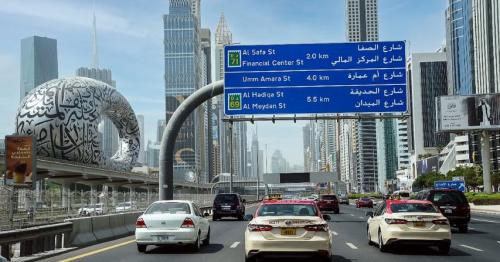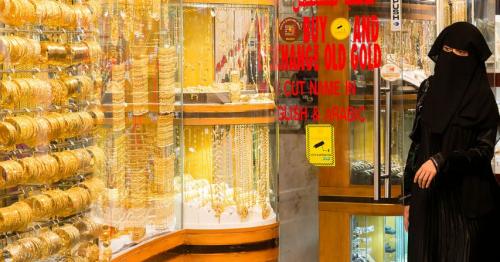UAE calls on 'smoke-free' companies to take disciplinary action against violators

The United Arab Emirates (UAE) Ministry of Health and Prevention (MoHAP) is taking a stronger stance against smoking in the workplace. They are urging companies with "tobacco-free" policies to implement stricter enforcement measures against employees who violate these regulations.
Clear Communication and Documentation:
The MoHAP emphasizes the importance of clear communication. Companies must ensure all employees are aware of the smoking ban and its consequences. This includes providing a written notice to any employee caught smoking on the premises. Additionally, MoHAP requires detailed documentation of each violation, including the employee's name, date, time, location, and any disciplinary actions taken.
Comprehensive Tobacco-Free Workplace Guide:
To assist businesses, the MoHAP released a new tobacco-free workplace guide. This guide outlines the specific requirements for creating a smoke-free environment. Key points include:
- Complete Ban: The use of any tobacco product is strictly prohibited within the entire facility, encompassing both indoor and outdoor spaces, including parking areas. Designated smoking rooms are no longer permitted.
- Public Places: The guide reinforces existing UAE laws that ban smoking in all enclosed public places, including government buildings, healthcare facilities, educational institutions, public transportation, and other designated areas.
Fulfilling WHO Commitments:
Dr. Hussain Abdul Rahman Al Rand, Assistant Undersecretary for the Public Health Sector, highlights the alignment of these measures with the UAE's commitment to the World Health Organization's Framework Convention on Tobacco Control (WHO FCTC). Ratified in 2005, the FCTC aims to protect individuals from secondhand smoke exposure in workplaces, public transport, and other public spaces.
Integration with Performance Reviews:
The MoHAP recommends integrating adherence to the tobacco-free policy into employee performance evaluations. This reinforces the importance of a smoke-free environment within the company culture.
Detailed Procedures for Implementation:
The guide outlines a series of procedures companies should follow to effectively implement the tobacco-free policy. These include:
- Appointing مسؤولين (Mas'ulin): Designate specific staff members responsible for overseeing the implementation and enforcement of the smoking ban.
- Raising Awareness: Launch awareness campaigns to educate employees about the benefits of a smoke-free workspace and resources available to help them quit smoking.
- Communication is Key: Clearly communicate the policy and its consequences to all employees through various channels.
- Enforcement Measures: Establish clear procedures for addressing non-compliance with the smoking ban.
Signage and Visibility:
The guide emphasizes the importance of clear signage throughout the facility. This includes:
- Prominent Display: Place a large board at the main entrance prominently displaying the smoking prohibition and any associated penalties.
- No Smoking Signs: Install an adequate number of "No Smoking" signs in all prominent locations across the facility, including elevators, corridors, waiting rooms, and other areas where smokers might be tempted to light up.
- Zero Tolerance: The signs should clearly state the smoking ban applies to everyone within the facility, with no exceptions for managers, employees, contractors, visitors, or any other individual.
The Dangers of Secondhand Smoke:
The guide underscores the significant health risks associated with secondhand smoke exposure. It highlights that tobacco smoke contains over 4,000 toxic chemicals, significantly increasing the risk of various health problems for non-smokers, including:
- Coronary artery disease
- Angina pectoris
- Asthma attacks
- Lung cancer
- Sudden infant death syndrome
- Respiratory illnesses in children
The guide emphasizes that ventilation systems are not sufficient to eliminate the health hazards of secondhand smoke, as these systems only remove the smell and visible aspects of smoke, not the harmful toxins.
By implementing these comprehensive guidelines and procedures, companies in the UAE can create a healthier and safer work environment for all employees and visitors.
By: Sahiba Suri





Comments